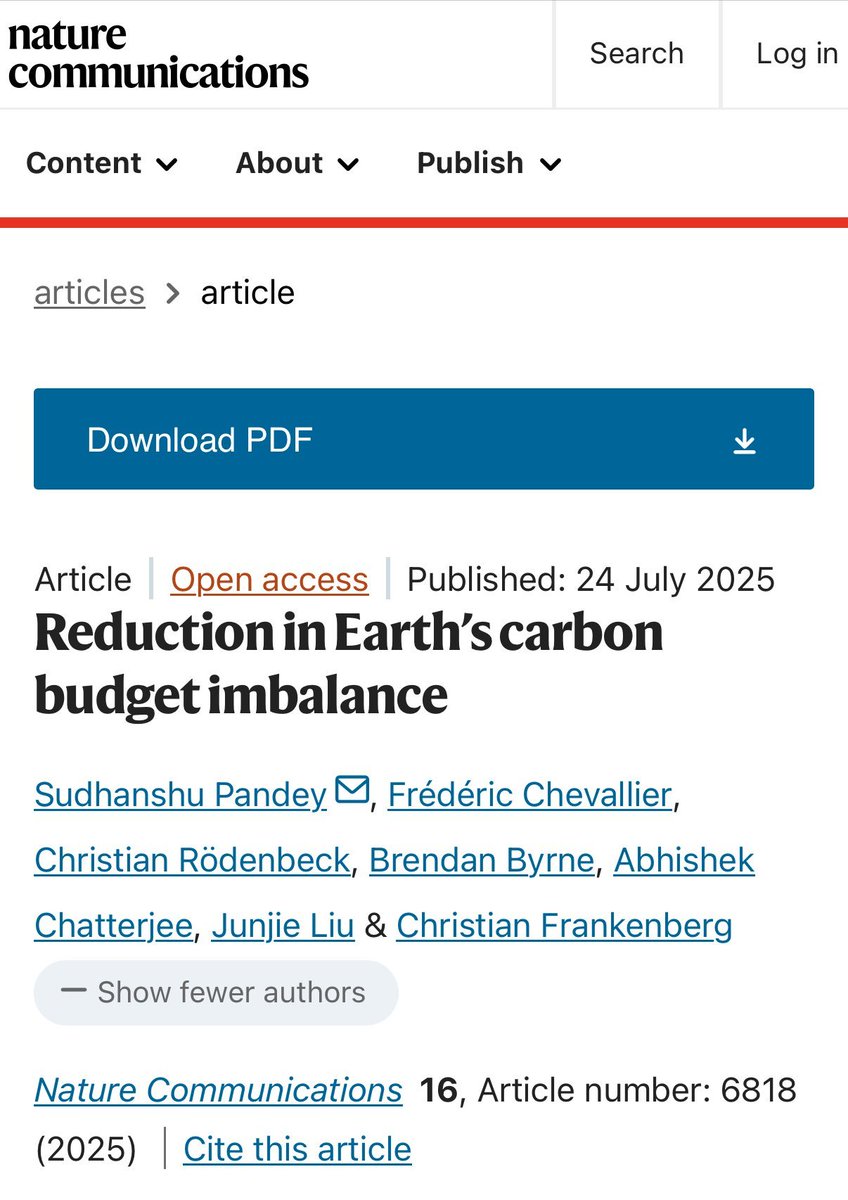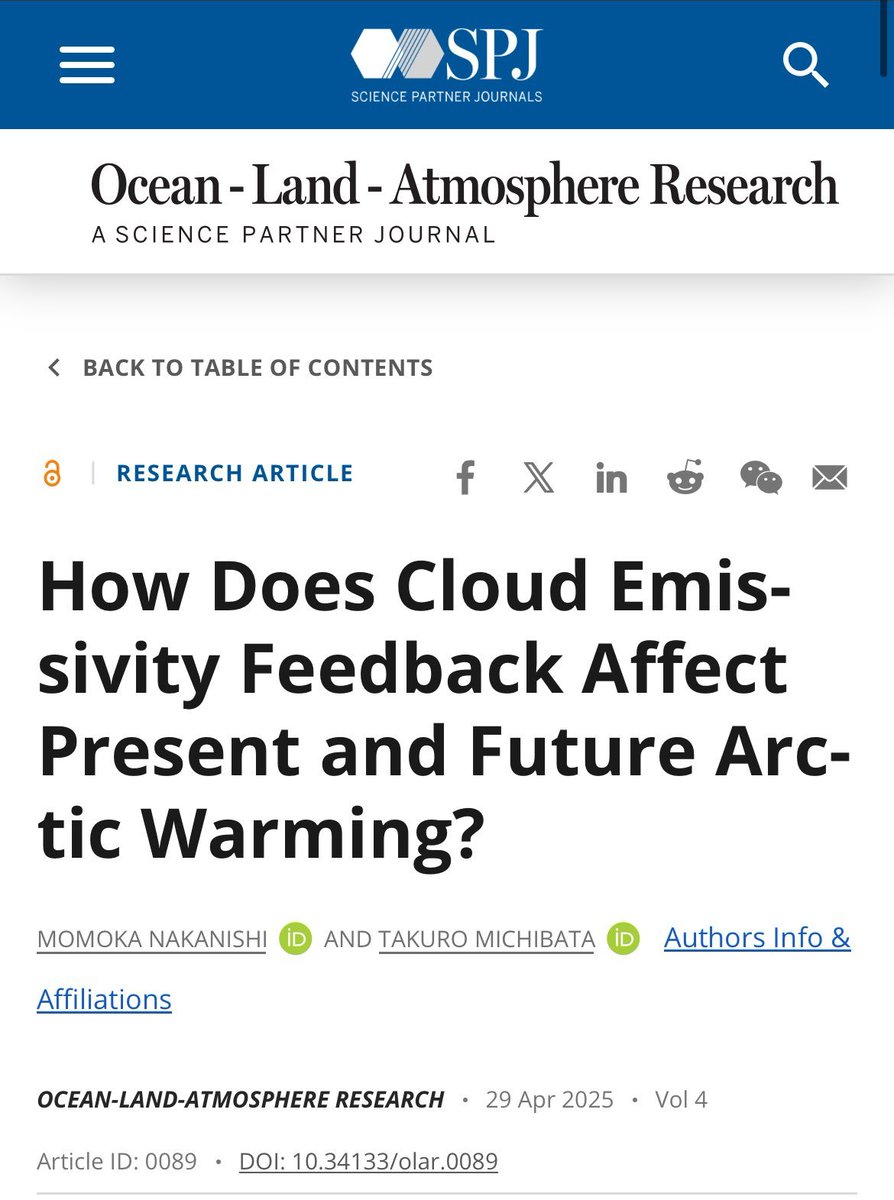This article is an example of what happens when you try to reduce everyone's food decision-making (like, literally EVERYONE... in the world...🙄) down to the dogma of which commodities are 'in' and which are 'out': theguardian.com/environment/20…
https://twitter.com/ryankatzrosene/status/1222024940540571648
It makes an attempt at context: "sustainability experts are reluctant to single out any one...[option]', and then makes a remarkable u-turn: "but we're going to try" anyway!
WHYYYYYYYYY!?!?!?!?!?!?!!?!?!?
WHYYYYYYYYY!?!?!?!?!?!?!!?!?!?

Then comes the classic average LCA reference: Assigning EVERY glass of milk on the planet the same GHG footprint. No context, WHATSOEVER. And in a typical slight of hand uses that single average metric to depict all dairy everywhere as being "[bad] for the planet" 

Aaaand... we're back to: This commodity is the sustainable one. And this one. But not the others. I don't know you, anything about you or where you live or your health conditions, or which of these products might even be available to you. Just drink these two 'milks'. No others. 



But whatever you do... just don't drink that awful ruminant milk!
(Even if you have one in your backyard.
Or if your neighbour has one...
Or if it's a grass-fed dairy...
Or if the dairy uses a biodigester for electricity..
Or if you're a remote yak herder...
...doesn't matter.)
(Even if you have one in your backyard.
Or if your neighbour has one...
Or if it's a grass-fed dairy...
Or if the dairy uses a biodigester for electricity..
Or if you're a remote yak herder...
...doesn't matter.)

Meanwhile, somewhere deep in Ohio, farmer Joy has turned Bessy and the girls out on the oat forage crop, sown as a plan B after the soy failed again.
"I heard on the radio that oat-based milk tastes real good - good for the planet too!" 😂
"I heard on the radio that oat-based milk tastes real good - good for the planet too!" 😂
• • •
Missing some Tweet in this thread? You can try to
force a refresh


























